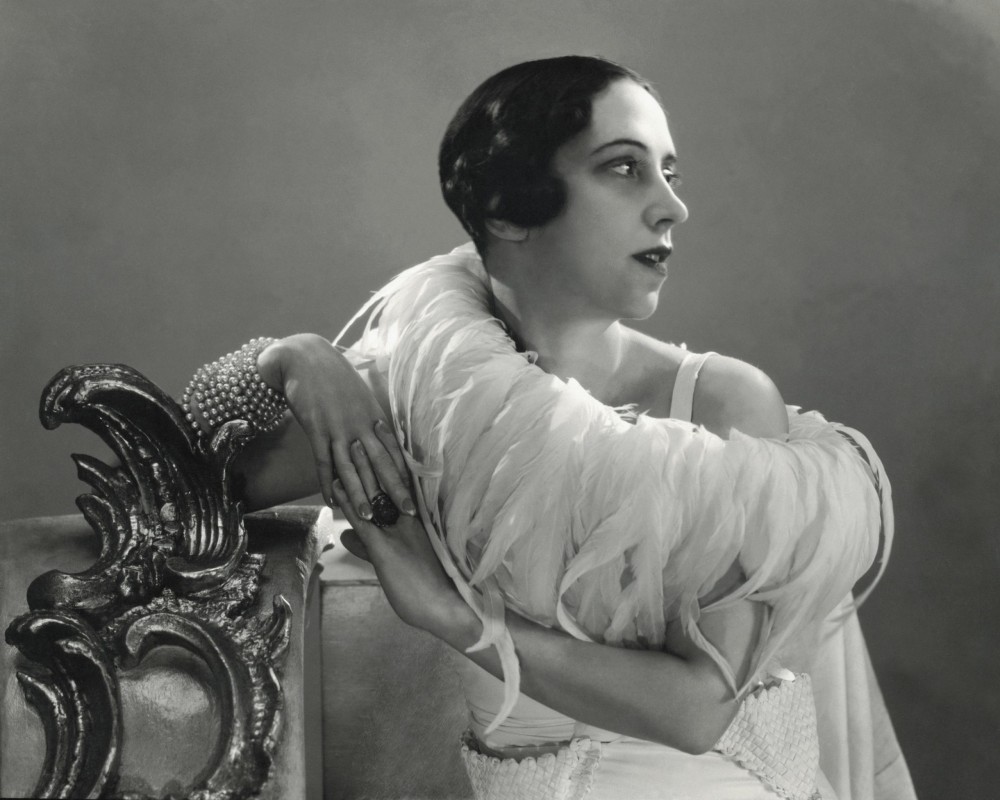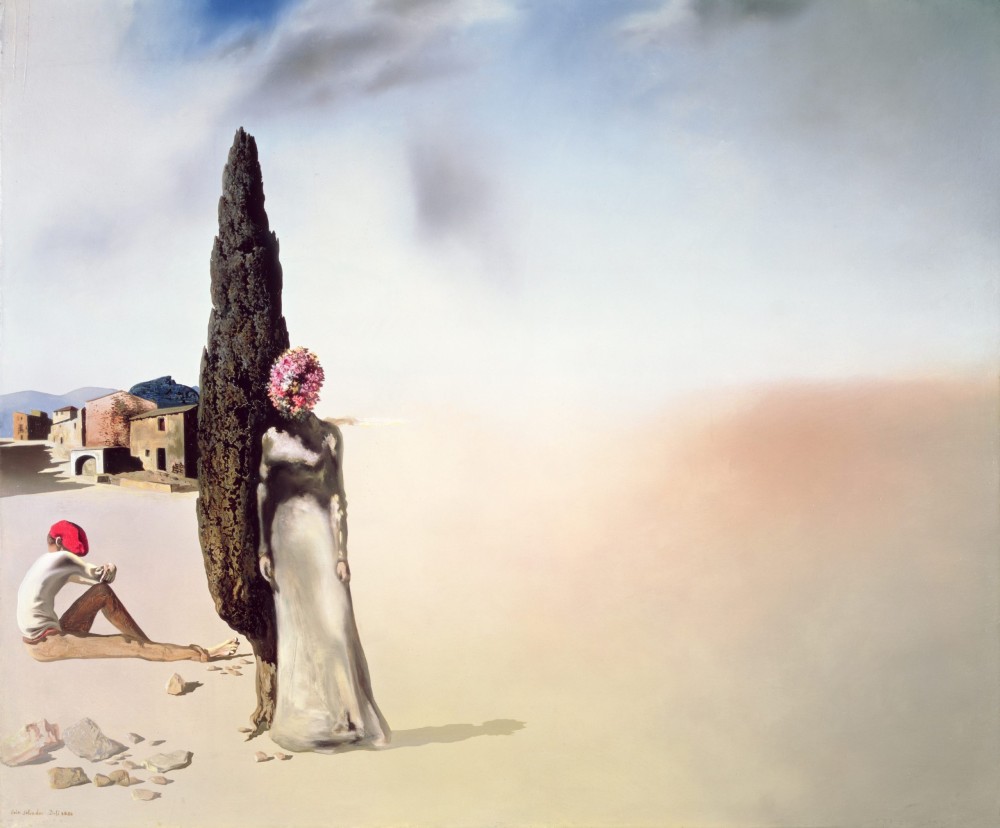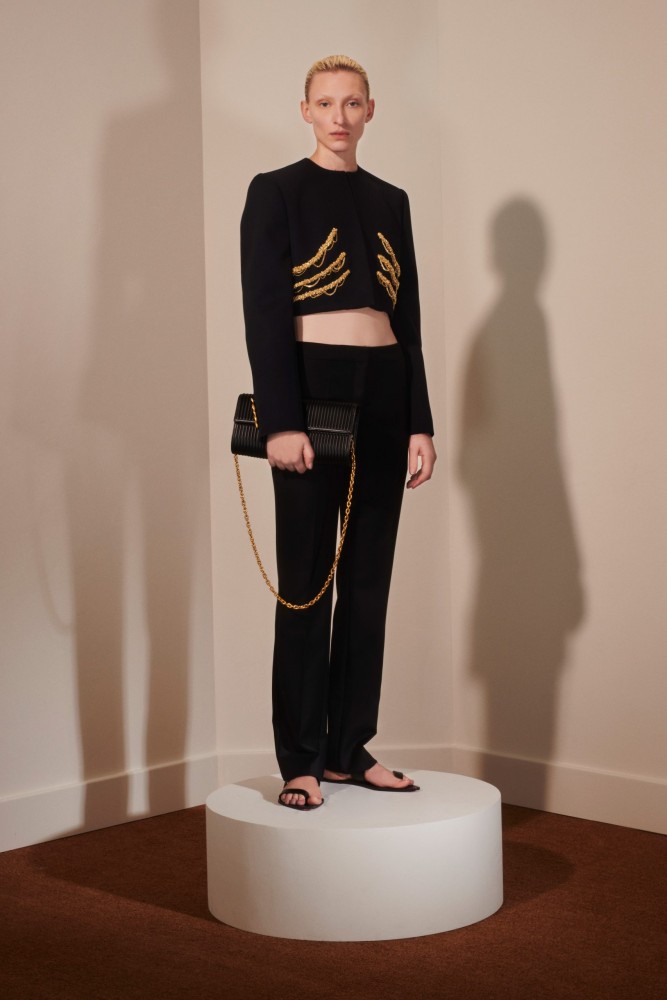Daniel Roseberry of Schiaparelli: How to create in a world of chaos
Sep 10, 2020
Undeterred by the pandemic, artistic director Daniel Roseberry sketched Collection Imaginaire, his third haute couture collection for Schiaparelli, on a New York park bench. Why is it important to keep creating when the world is in chaos? Zaneta Cheng finds out…

While many fashion designers have been scrambling to find their place in a world made topsy-turvy by the coronavirus pandemic, Schiaparelli’s Daniel Roseberry, it seems, has something of a foothold. “In difficult times, fashion is always outrageous,” wrote Elsa Schiaparelli in her 1954 memoir Shocking Life. She would know. After founding her couturier in the late 1920s, she created clothing throughout the interwar years, the Great Depression and the Second World War. Indeed, Schiaparelli is a maison that was born out of a period of chaos.
When Roseberry was appointed the artistic director of Schiaparelli a year and a half ago, he reconfigured this notion and made it a fundamental pillar of his vision for the house, issuing a portentous statement in a caption of the house’s Instagram post. “Schiaparelli was a master of the modern; her work reflected the chaos and hope of the turbulent era in which she lived,” it reads. “Today, we find ourselves asking similarly big, identity-shaping questions of our own: What does art look like? What is identity? How do we dress for the end of the world?”

“The most important part for me, at least in the beginning, was really getting inside the mentality of what Elsa was doing and the time in which she was working,” says Roseberry. “And that’s how I [came to make] that statement at the beginning, of this idea of designing for the end of the world.”
Back then, Roseberry’s idea of designing his way out of catastrophe meant something slightly different. “It’s the million-dollar question – how do you put work out there that’s going to mean anything when literally nothing means anything anymore?” posits Roseberry. “You know, what was serious is now a joke and what was a joke is now being taken seriously. So there’s this real idea of inverting all the things we thought were true.”
Elsa Schiaparelli’s famously close relationships with surrealists and artists including Salvador Dalí, Man Ray, Marcel Duchamp and Edward Steichen bled into her work. The couturier made waves by creating jackets with drawers for pockets, purses in the shape of telephones and dresses with a large lobster emblazoned on the skirts. Lips, skeletons and keys are only but a few of the motifs that made the house of Schiaparelli such a force to be reckoned with.
Roseberry has been keen to engage with the maison’s storied legacy. “For me, she was creating these surrealistic objects and garments in a time of war when everything was falling apart,” he says. “There was this retreat to the imagination and to fantasy, and to embracing the surreal and this idea of displacement – to put things where they don’t belong in an irreverent way, with wit. I loved that she dressed for herself, which was very real, but in a way that was always sort of twisted. So I have tried to design for two worlds.”

True to his word, Roseberry’s first collection depicted a three-part show, which showcased looks that transitioned from day to night, and to a fantastical dreamscape where the final pieces that were sent down the runway saw clouds of fabric that seemed to whirl around the models, eliciting gasps from showgoers.
His second collection drew on more sober references, like those of Schiap at work in her studio. “We have a mood board that’s all about the real world and a mood board that’s all about the dream world,” says Roseberry. “In the real world, it’s this image of Elsa in a grey Donegal tweed jacket. It’s a super-sharp jacket, she has her hair pulled back and she has some weird lumpy hat shape on with these vicious reptilian snake cuffs. So for me, I wanted to take these rigorously tailored objects and twist them with jewellery pieces of bees. That’s for the real world.”

Of the fantasy realm, Roseberry has equally evocative imagery. “There is a Man Ray photo where her head has been superimposed onto a plaster Ruben-esque bust, and she has gold leaf ringlets in her hair and no arms to her,” he explains. “She was such a psychopath, but at the same time she was a genius businesswoman. And so for me, we are dressing the smartest woman in the room – one who can twist reality and really go for it in the evening.”
Little did Roseberry know how prescient his dressing-for-the-end-of-the-world idea would be until this year, when he found himself stuck in New York City right before planes in the United States were grounded, en route to Los Angeles from Paris for a trip after haute couture season. Stuck in New York when the world had come to a standstill, even Roseberry hesitated for a moment, unsure of what to do. “We had originally decided not to participate in the digital couture week, but then we realised it was actually important to say something, so this idea of a ‘Collection Imaginaire’ came to life,” he says.

To Roseberry, the world of the pandemic highlights more than ever the tension between reality and fantasy. “I think that push and pull between dreaming and living feels more real now,” he says. “The sadness of this time we live in, with but the power of imagination and the world we create for ourselves.”
His designs reflected his change in perspective. “At first it was about real end-of-the-world clothes that worked hard, ones that could protect you… but then I just wanted to embrace the fantasy of a time that suddenly felt lost,” he says. “It became about celebrating those moments that were taken from us before we even knew what was happening.”
Haute couture is perhaps the best vehicle in the fashion industry to deliver the messages that designers such as Roseberry want to convey. “For me, people are shopping in a different way. People are thinking about clothes in a different way,” he says. “It has to be surrounded by experiences – and this is such a moment for couture because it is a one-of-a-kind, out-of-body experience. It’s this experience that surrounds the process that makes couture more relevant than ever, you know, with how disposable and manufactured everything else is out there.”

Of his third couture collection, Roseberry concludes, “I wanted to show people how valuable creative expression is, even in the midst of a global pandemic. I wanted to give a tribute to that creative process – the one which sometimes feels very lonely.”
But from that loneliness springs possibility, as Roseberry’s own path to becoming the first American artistic director of a French couture house testifies. Unemployed in the autumn of 2018, Roseberry was given 30 days by Schiaparelli to come up with a proposal that would bring the house forward. The New York-based designer spent every day of that month dreaming up a collection in his Chinatown studio and afterwards, he was flown to Paris to present his vision. The rest is history – and if anybody can speak to the act of creation as an act of hope, it is Roseberry.



























